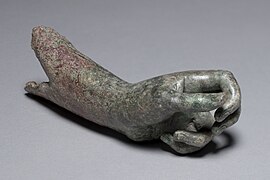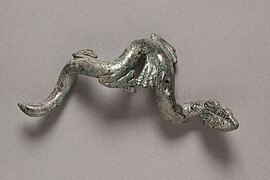File:Praxiteles - Apollo the Python-Slayer - 2004.30 - Cleveland Museum of Art.jpg

Size of this preview: 341 × 599 pixels. Other resolutions: 136 × 240 pixels | 273 × 480 pixels | 437 × 768 pixels | 583 × 1,024 pixels | 1,165 × 2,048 pixels | 3,497 × 6,144 pixels.
Original file (3,497 × 6,144 pixels, file size: 7.15 MB, MIME type: image/jpeg)
File history
Click on a date/time to view the file as it appeared at that time.
| Date/Time | Thumbnail | Dimensions | User | Comment | |
|---|---|---|---|---|---|
| current | 16:05, 28 November 2021 |  | 3,497 × 6,144 (7.15 MB) | Yann | original HR |
| 10:56, 21 January 2019 |  | 1,935 × 3,400 (536 KB) | Madreiling | pattypan 18.02 |
File usage
The following pages on the English Wikipedia use this file (pages on other projects are not listed):
Global file usage
The following other wikis use this file:
- Usage on ca.wikipedia.org
- Usage on es.wikipedia.org
- Usage on fr.wikipedia.org
- Usage on pt.wikipedia.org
- Usage on si.wikipedia.org
- Usage on www.wikidata.org









